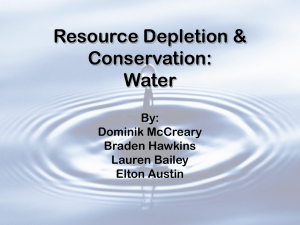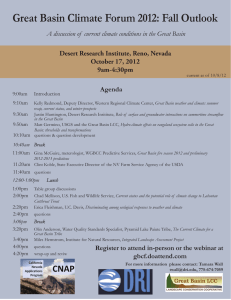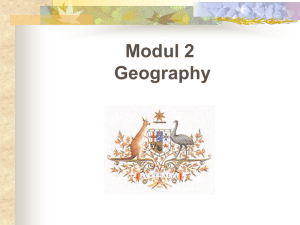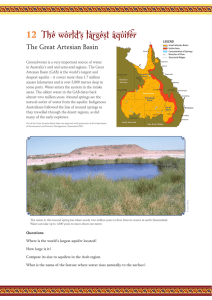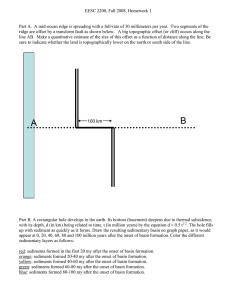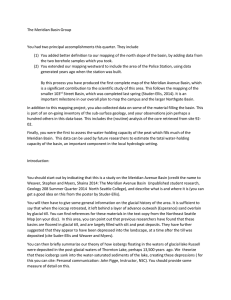M I T
advertisement
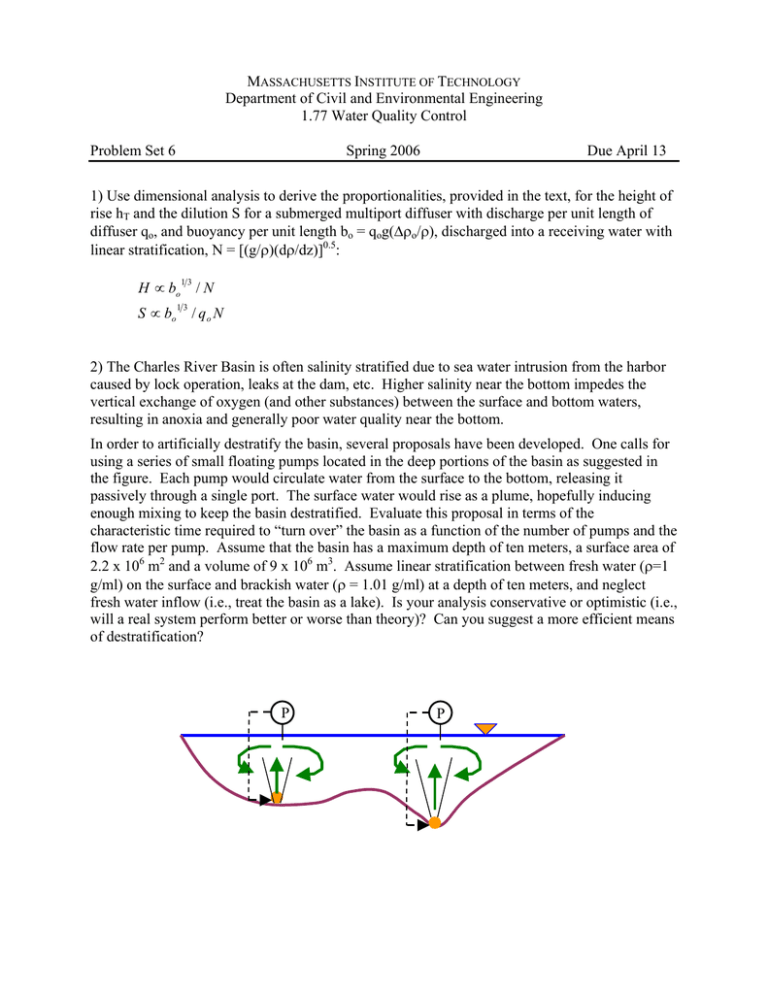
MASSACHUSETTS INSTITUTE OF TECHNOLOGY Department of Civil and Environmental Engineering 1.77 Water Quality Control Problem Set 6 Spring 2006 Due April 13 1) Use dimensional analysis to derive the proportionalities, provided in the text, for the height of rise hT and the dilution S for a submerged multiport diffuser with discharge per unit length of diffuser qo, and buoyancy per unit length bo = qog(∆ρo/ρ), discharged into a receiving water with linear stratification, N = [(g/ρ)(dρ/dz)]0.5: H ∝ bo S ∝ bo 13 13 /N / qo N 2) The Charles River Basin is often salinity stratified due to sea water intrusion from the harbor caused by lock operation, leaks at the dam, etc. Higher salinity near the bottom impedes the vertical exchange of oxygen (and other substances) between the surface and bottom waters, resulting in anoxia and generally poor water quality near the bottom. In order to artificially destratify the basin, several proposals have been developed. One calls for using a series of small floating pumps located in the deep portions of the basin as suggested in the figure. Each pump would circulate water from the surface to the bottom, releasing it passively through a single port. The surface water would rise as a plume, hopefully inducing enough mixing to keep the basin destratified. Evaluate this proposal in terms of the characteristic time required to “turn over” the basin as a function of the number of pumps and the flow rate per pump. Assume that the basin has a maximum depth of ten meters, a surface area of 2.2 x 106 m2 and a volume of 9 x 106 m3. Assume linear stratification between fresh water (ρ=1 g/ml) on the surface and brackish water (ρ = 1.01 g/ml) at a depth of ten meters, and neglect fresh water inflow (i.e., treat the basin as a lake). Is your analysis conservative or optimistic (i.e., will a real system perform better or worse than theory)? Can you suggest a more efficient means of destratification? P P






